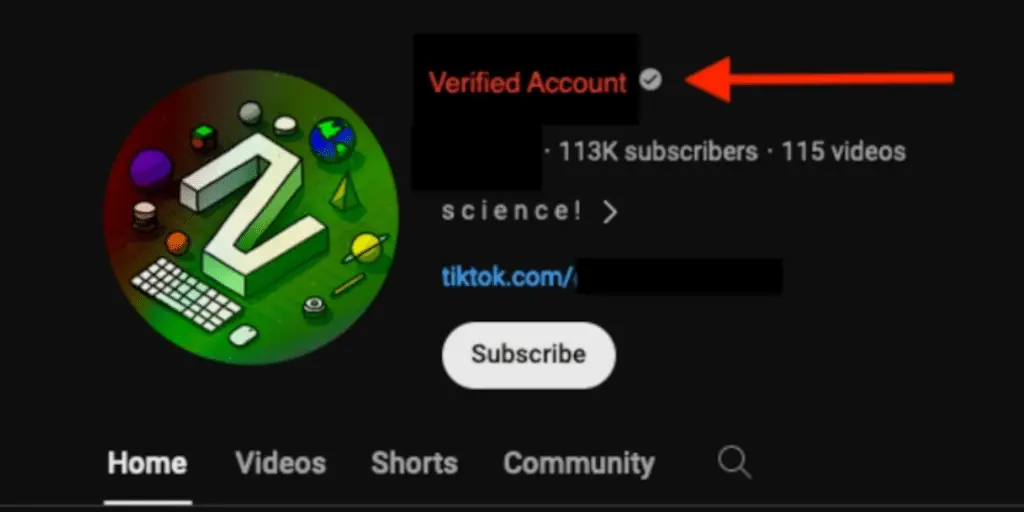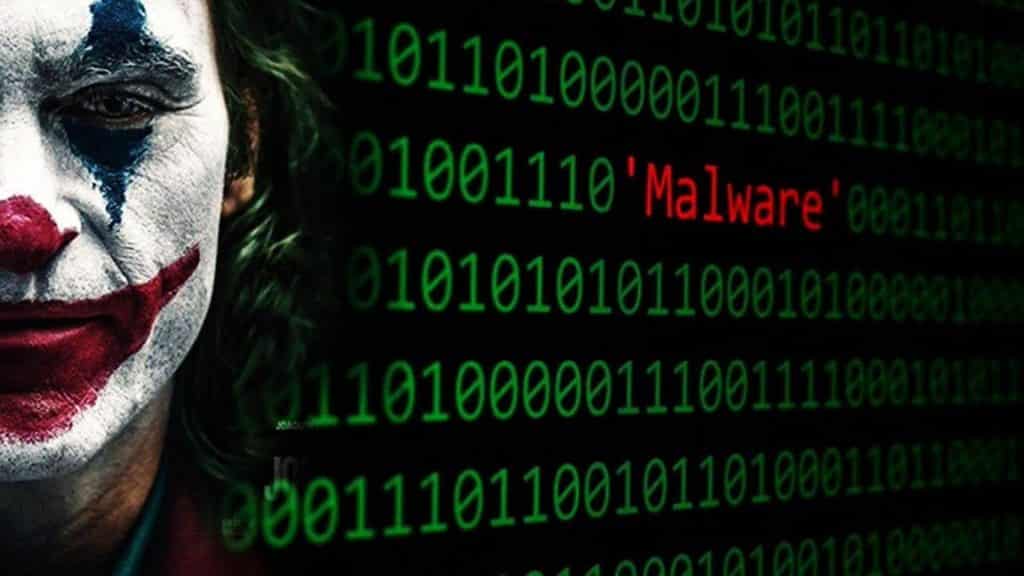A malware that steals information is distributed via YouTube in the form of pirated software and cracks for video games (therefore pirated video games), warns cybersecurity firm Proofpoint.
How this malware is behind pirated video games on YouTube
After an investigation, the company revealed that malware such as Vidar, StealC, and Lumma Stealer were distributed on YouTube in the form of pirated video game cracks; therefore links to malicious sites (or malicious files) were disguised as video descriptions and led to downloads of information-stealing tools, the company said.
Videos about pirated video games they pretended to show the user how to download software or update video games for freemany of which belonged to accounts that appeared compromised or otherwise obtained from legitimate users.
Researchers also observed accounts likely created and controlled by threat actors to solely distribute malware; many of these accounts were active for only a few hours, the researchers said.
“The use of a popular video sharing platform to distribute malware shows that cybercriminals continue to use well-known brands to convince users to interact with malicious content,” said Selena Larson, senior threat intelligence analyst at Proofpoint.

The videos target consumer users, who don't have the same resources to defend themselves from attackers as companies do, Larson said, and many of these videos feature pirated video games, complete with links in the description, they also feature games popular among children, a group less likely to recognize malicious content or online risks.
“And while attacks on individual users may not result in the same level of financial gain for threat actors as attacks on businesses, the victims probably still have data such as credit cards, wallets [wallet] of cryptocurrencies and other personally identifiable information (PII) stored on their computers which can be profitable for criminals“Larson said.
The significant differences between the published videos and the contents that differ significantly from previously posted videos could indicate that an account has been compromised or otherwise taken over by cybercriminals not exactly with good intentions, according to Proofpoint.

For example, one account shared by the researchers was a verified channel with 113,000 subscribers; most of the videos on the account had been posted a year or more earlier, and all were in the Thai language.
However, 12 new English-language videos about popular video games and software cracks were uploaded within 24 hours of the discovery, all containing links to malicious content and some of them had over 1,000 views, probably artificially boosted by bots to appear more legitimate.
Proofpoint said it identified and reported more than two dozen similar accounts distributing malware on YouTube, who then removed the contents.
Pirated video games: they're tempting for everyone, but…
There is a strange idea in the human mind, which works more or less like this: “I managed to crack a game and I got away with it, I play it without buying it“, However, not all that glitters is gold.
Unfortunately in Italy, perhaps more than in other countries, we have become accustomed to thinking that anything behind a screen is a kind of right; having been accustomed to television (usually free), pirated video games in the 90s, and continuous crack in the 2000s, people have become accustomed to thinking that software is not the result of human work and that it must be distributed free regardless.
This is true for open source, which was born specifically to be available for free to users.
I have written this again in the past and I invite you to reflect on something that It has nothing to do with computers per se: do you think someone actually spends almost hundreds of euros on a product shortly after it goes on sale, to give it away for free with absolutely nothing in return? Think about it!
#Pirated #video #games #watch #trap #YouTube